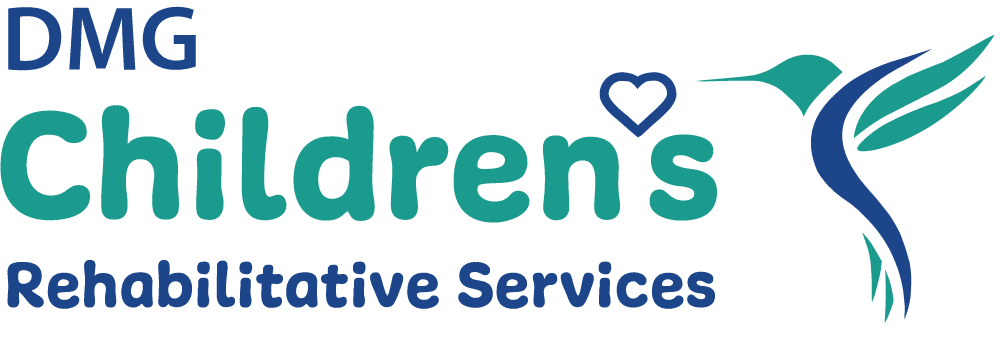Bone, Joint and Muscle Infections: Causes, Symptoms, and Treatments
How do children get joint, bone and muscle infections?
According to the American Academy of Orthopaedic Surgeons, joint, bone and muscle infections in children are often caused by a bacteria called Staphylococcus aureus; these infections are more commonly known as Staph infections. Methicillin-resistant Staphylococcus aureus (MRSA) is another bacterium that causes Staph infection in children.
Bacteria can enter the body in a variety of ways. When it does, bacteria circulate through the bloodstream until they reach a joint, bone or muscle and then multiply in the tissue. Also called deep infections, the types of bacteria-caused infections in children are:
What are the symptoms of joint, bone or muscle infections in a child?
Deep infections in children are often accompanied by the following symptoms:
Babies with a joint, bone or muscle infection may also:
In many cases, the deep infection occurs after a recent injury, so symptoms of the infection may be attributed to the injury instead of the infection. Be aware of the symptoms of infection and bring your child to their primary care provider (PCP) or pediatrician immediately, especially if symptoms are not improving or are worsening.
How are deep infections in children diagnosed?
Your child’s PCP will ask you about your child’s medical history and symptoms and will examine the area where your child is experiencing pain. In addition, your child’s PCP may order tests such as:
What is the treatment for a deep infection in a child?
Early diagnosis and treatment with antibiotics are critical to decreasing the impact of the joint, bone or muscle infection on your child. In mild infections, antibiotics used over a three to six week period may resolve the infection. The types of antibiotics used include:
More serious infections may require irrigation and debridement, a surgical procedure to remove infected material (pus). In most cases, one such procedure is needed; however, in more severe cases, irrigation and debridement may need to be performed twice. If this surgery is needed, a pediatric orthopedic surgeon will perform the procedure(s).
What are the long term health effects of joint, bone and muscle infections in a child?
Most children will recover completely from a deep infection and will not be likely to develop the same infection again. The earlier the diagnosis and treatment, the greater the chance for a full recovery and return to normal activities.
If a child has a serious or prolonged infection, the following can occur:



